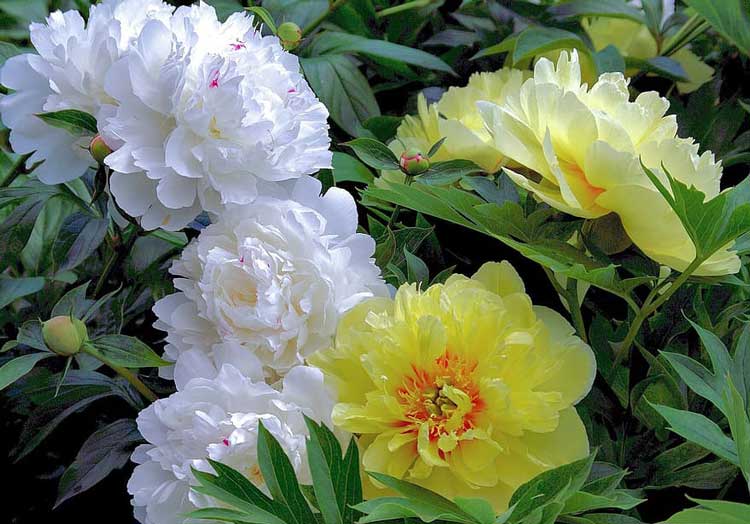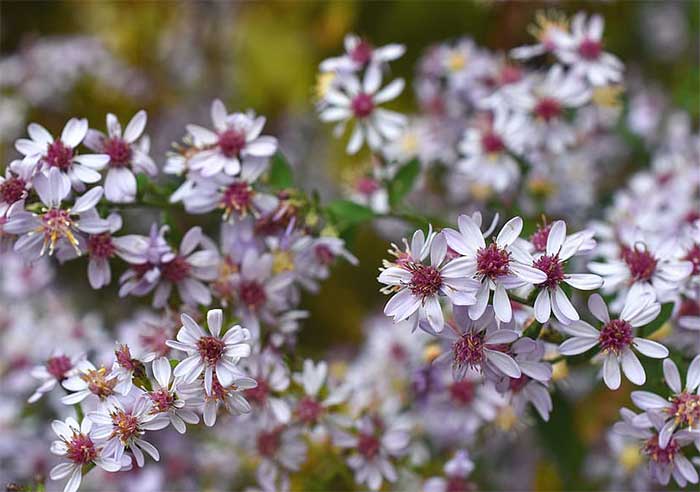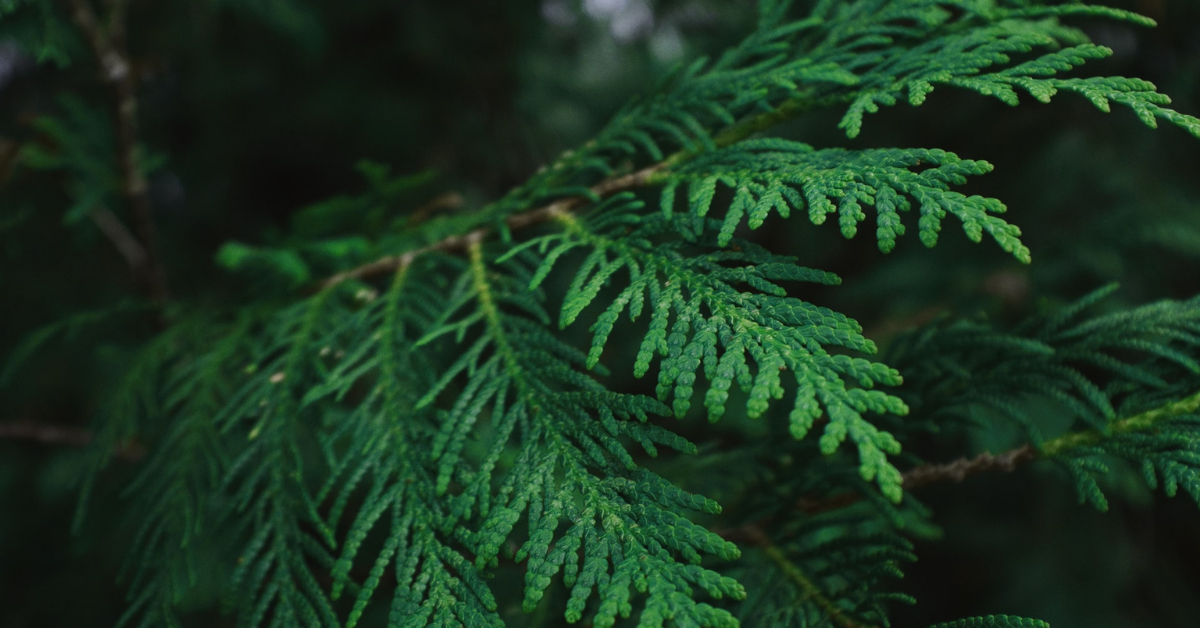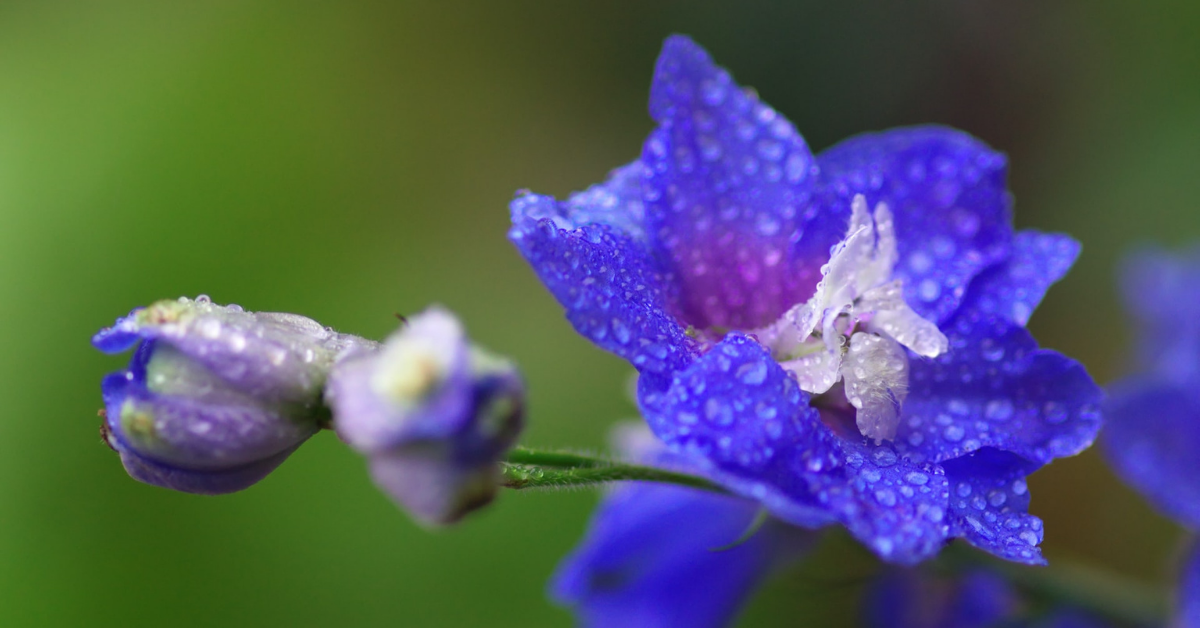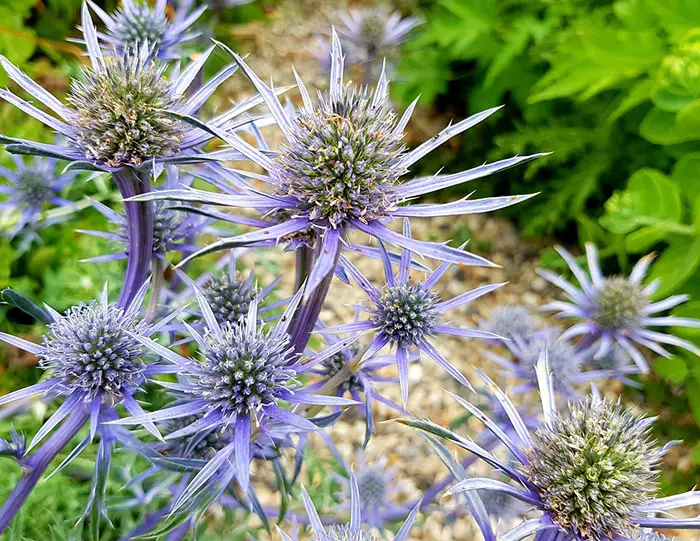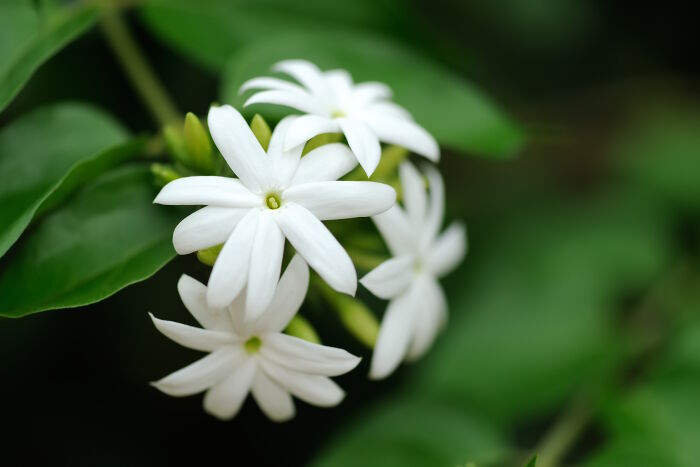Celosia plant overview
Celosia is a small genus of annual and ornamental flowering plant belongs to the amaranth family, Amaranthaceae. These plants naturally live in the meadows and fields. But as the beauty of the species, humans are interested in growing it in their backyard or gardens for aesthetic purposes, or even edible purposes. That’s why the habitat of the celosia plant has moved to more Anthropogenic or human-made. The current common habitat of the celosia plant is terrestrial. Commonly, you can find it easily in the New England state and Connecticut.
The leaves of the celosia plant are lobed or unlobed but separated into leaflets. Flower symmetry is divided in two or more ways. When it comes to the Celosia flowers, there are five/four/three petals, sepals, or tepals in the flower body.
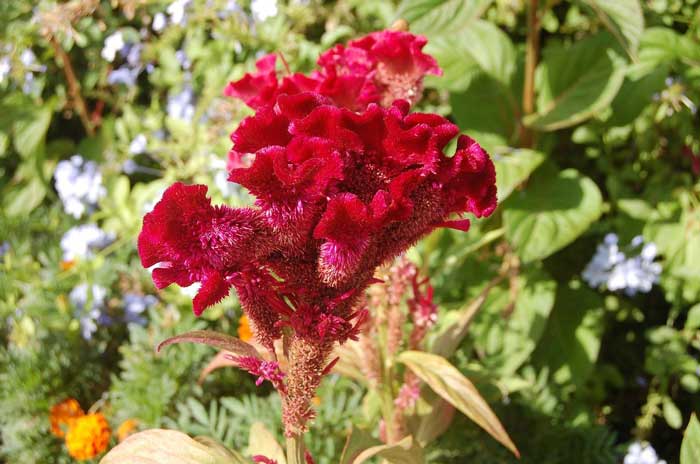
Celosia plant
Celosia plant comes from the Amaranth family which goes with the names of wool flowers, cockscomb flowers, as well as Flamingo feathers. The unique and distinct look of flowers is one of the reasons why many people are fond of these species. The flowers can bloom for up to ten weeks, giving nature lovers more time to enjoy the beauty and philosophical meaning of the Celosia flower.
When it comes to beautiful colours, the Celosia flowers head colours can be red, gold, pink, purple, and sometimes the combination of these colours. The literal meaning of “Celosia” is “burning” in the Greek language. Celosia is more beautiful when they grow in a horde. Celosia argentea type, for instance, will naturally bloom with their peers, creating such ornamental appearances. It is what we usually call the grass of fire ornaments.
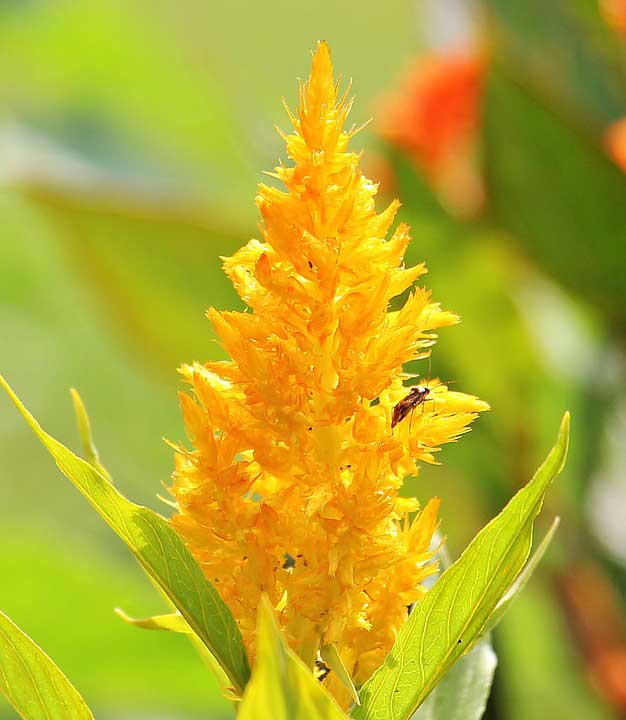
Celosia plant shape
The Celosia plant types come in different sizes depending on their health and where they habits. In natural areas, the sizes can be different from six inches to two feet in size. The variety of vibrant colours and shapes will give the options for the flower fans to arrange and rearrange their garden to make such unique flowers ornamentation. One form is velvety and looks like a brain.
The Celosia plant is unique, especially when the blossom happens in the plant. The blossom of the Celosia plant consists of tons of beautiful flowers that are appealing in the eyes of the beholder. Blossom may last up to 8-10 weeks. However, it depends on the location and fertility of the soil medium.
The flowers are the starting points where the next generation of celosia will come. They will produce seeds for growing. On most occasions, it is easy to continue to grow. All you need to do is see the seed sprouting in the containers without doing anything particularly.
But for the best results, it is a great idea to pick the best flowers that you can find in the habitats of the celosia. After selecting the best flowers, you will want to dry them and bring them to grow indoors or outdoors as you wish.
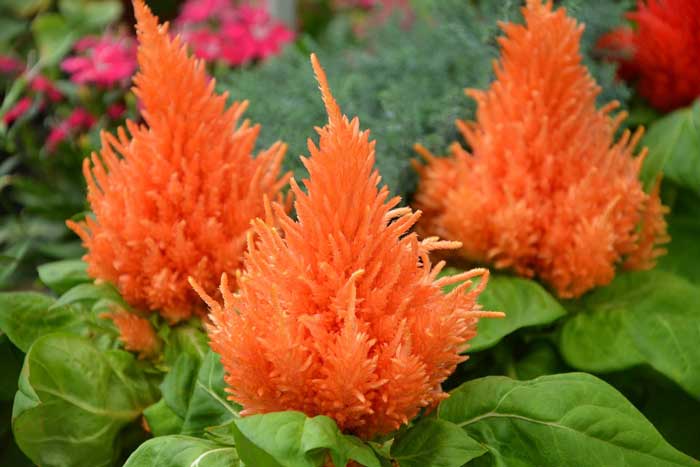
Celosia argentea
Celosia Argentea is silver cockscombs that are erecting and branching. The plants can grow for up to 75 cm or more in height.
The shape of these cockscombs has narrow elliptic and lance shapes. The Celosia plant leaves are usually five to fifteen long. This type of cockscombs is native in India. Still, you can find it in most of the tropical Asian countries, including Nepal, Bhutan, India, SE Asia, China, Korea, Japan, Africa, etc. In most Southeast Asian and African countries, Celosia argentea is known as Lagos Spinach. Because it is one of the main food ingredients in those countries. Mexican people called it as Velvet flower.
Celosia cristata
Celosia cristata is the crested type of cockscombs that are native to the Caribbean. The cultivated plant can grow as beautiful as an ornamental addition to the interior and exterior of the property of the owners. However, to some extent, the food plant is edible. For some Asian countries’ ascendants, the cockscombs are used as an ingredient of herbal and medicinal purposes.
Celosia care
If you want to grow celosia by yourself, you will want to pick the best flowers which have the potential to make the seeds grow better. But no matter what flowers you choose to grow Celosia in your garden, you can rest assured that the plant is easier to grow. The cockscomb flowers will grow themselves although you are leaving them unattended. It is also one of the reasons why many homeowners and property owners choose this type of plant over others. Celosia plants can grow well without complex and detailed maintenance and procedures. With minimum attention, it can grow well and joyfully.
For maximum results of growing, it is best to leave the Celosia plant under full sun exposure or partial shade. The sun exposure is eight hours per day. Celosia plants are perennials in growth. Keep in mind that the maximum growth results will take place in zones 10 and 11. The full sun annuals in the USDA zones are much better.
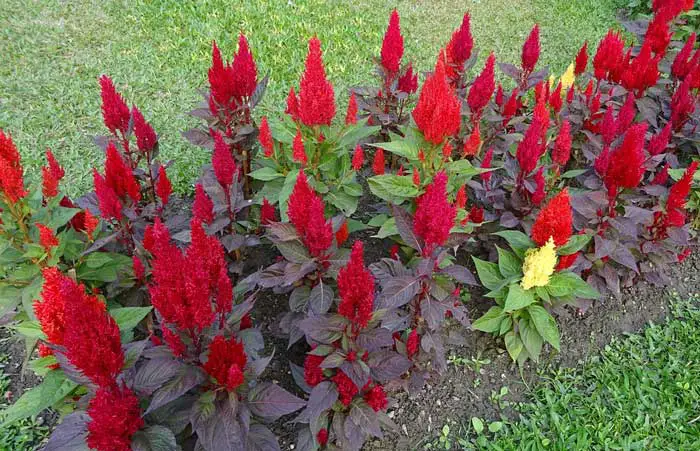
Planting medium
Celosia types of flowers are growing well in well-drained soils. As it is easy to grow, it will grow better with the support of the organic amendments. It is important to understand that Celosia does not do well with too wet conditions. Make sure the rich soil is wet enough, but not too wet before planting the Celosia. Compost or organic manure can be the best supporter to make them grow even more.
The rich soil with good treatment will support the fast-growing of Celosia plant. It is also crucial to fertilize once per month to expand the growth. The nutrient-rich compost can grow the plant well.
If you treat them well, there is no reason for them not to bloom until frosting. And when they do, you can cut or dry them. You can strip the stem of the leaves and hang them down without the sun exposure for a fortnight. You will eventually notice the flowers.
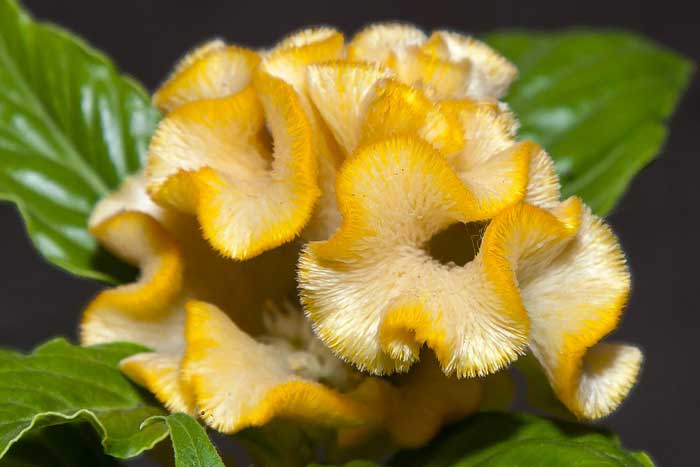
If you are growing the flowers from the seeds, you could collect the seeds and start them indoors. You can transplant the small plants outside to avoid failures.
Use the seeds with a quality potting mix. To germanite, there will be no light needed for the process. Mist the soil with pure water and cover the seeds in the tray with plastic wrap. After that, you will want to plant the seedlings around six to eight inches apart. The nice and warm weather can be the key to plant the seeds.

